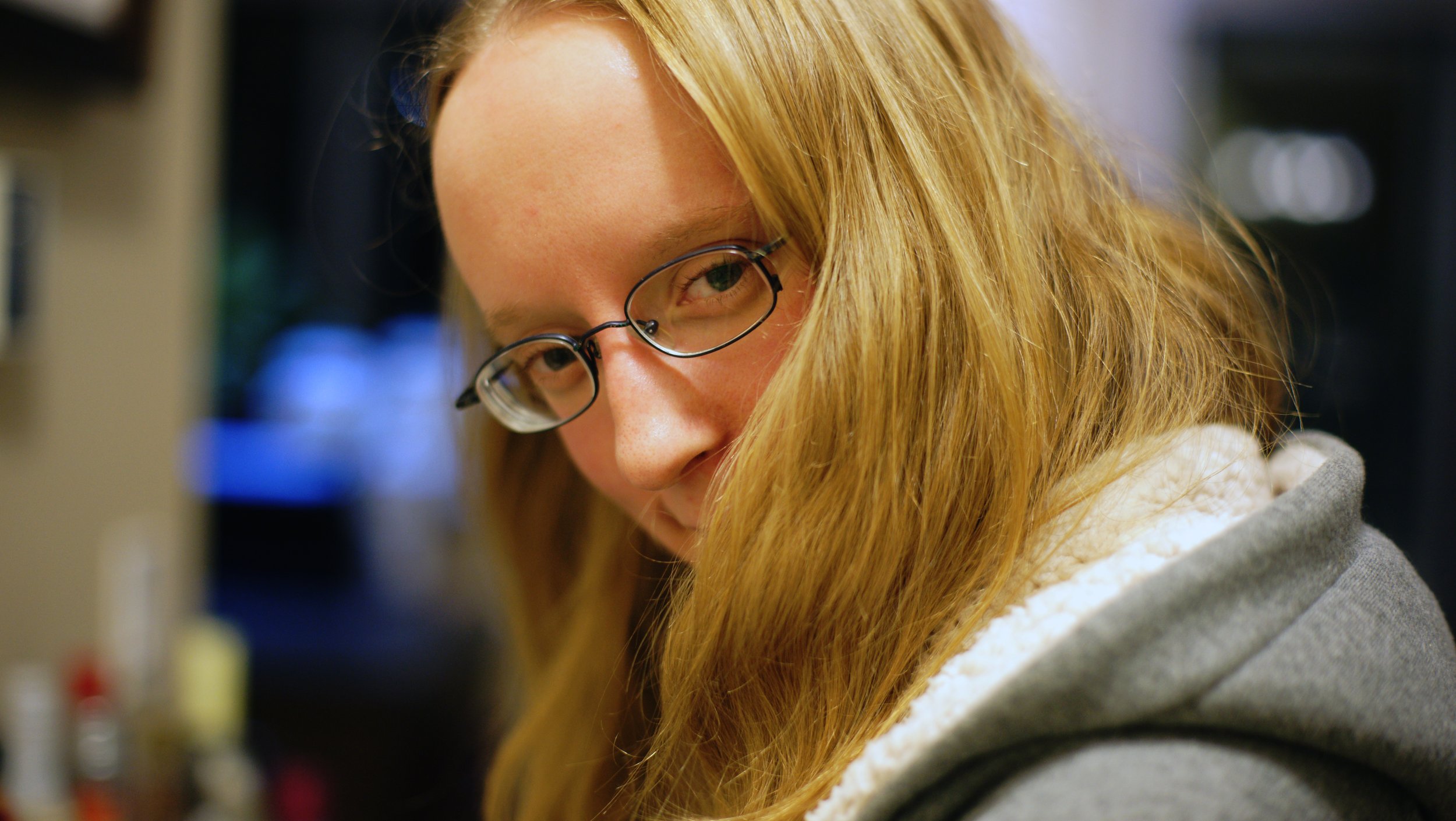Part 1 - Introduction
1.1. Introduction to Pictures of People
On the surface, photographic portraits appear to convey the characteristics of individuals before the camera. However, portraits represent much more than their literal depictions. Many factors impact how a portrait is made and perceived. The relationship between the sitter and photographer, the location where the portrait was made, the subject’s awareness of the camera, as well as their gestures, poses, and clothing—each one of these elements affects not only the final image, but our interpretation of it.
It is no surprise that portraiture and self-portraiture have been among the most common forms of photography throughout the medium’s history. Even today, portraits remain an integral part of how we understand ourselves and others. This module will explore a variety of portraits depicting subjects both known and unknown. By studying these, we will understand how pictures of people have been used to establish identities for individuals and groups, reclaim power and agency, and document the important relationships that inform our place in the world.
Learning Objectives
Discover how the choices made by both photographers and subjects inform our assumptions about those depicted.
Compare how photographers build and record relationships with people depicted in their photographs.
Analyze how subjects exercise agency and perform identity in photographic portraits.
Part 5 - Review & Respond
Review…
The following statements are true about Susan Meiselas’s intention for making the series Carnival Strippers:
She became close with the women she was photographing and showed them contact sheets of the photographs she took of them so they could select the ones they liked;
If she had owned a movie camera, she would have made Carnival Strippers as a film, instead of as a book with related audio; and
She was interested in finding a way to visualize the relationships the women had with either other and with their own bodies.
Details like the subject’s awareness of the camera, as well as their gestures, poses, and clothing, affect the way we interpret portraits.
According to Katy Grannan, the covers of fashion magazines feature the most cruel kinds of pictures because they are dishonest, unrealistic depictions of people.
Harry Callahan used his wife as a model to create images that experimented with different photographic processes and techniques, such as double exposure.
Zanele Muholi choose to photograph members of the Black South African Lesbian, Gay, Bisexual, Transgender, and Intersex (LGBTI) community:
To present the existence and resistance of this group through positive imagery;
To create a record of the history of Black South African LGBTI individuals; and
To engage in a form of visual activism.
The series Cargo Cults by Stephanie Syjuco responds to which historical style of photography known as Ethnographic studio portraiture.
The following statements apply to Akram Zaatari’s work, After They Got the Right to Arms. Fourteen young men posing with guns:
To create this work, Zaatari examined images from the archive of a commercial photography studio where clients paid to have their portraits taken; and
In making this work, Zaatari discovered that studio portraits are in part created by the people who are in them who perform imagined roles.
From the 1970s through the 1990s, Rosalind Fox Solomon documented race relations and the legacy of discrimination in the American South. Neo-Nazi and white nationalist rallies in Charlottesville, Virginia inspired her to respond by compiling and publishing these photographs.
The following statements best describes Deana Lawson's appreciation for photography; “She considers it the best medium for expressing issues of self-representation, the body, and questions about beauty.”
To create a portrait of the people of the 20th century, August Sander created over 600 photographs of people and divided them into seven groups representing distinct subsections within German society.
